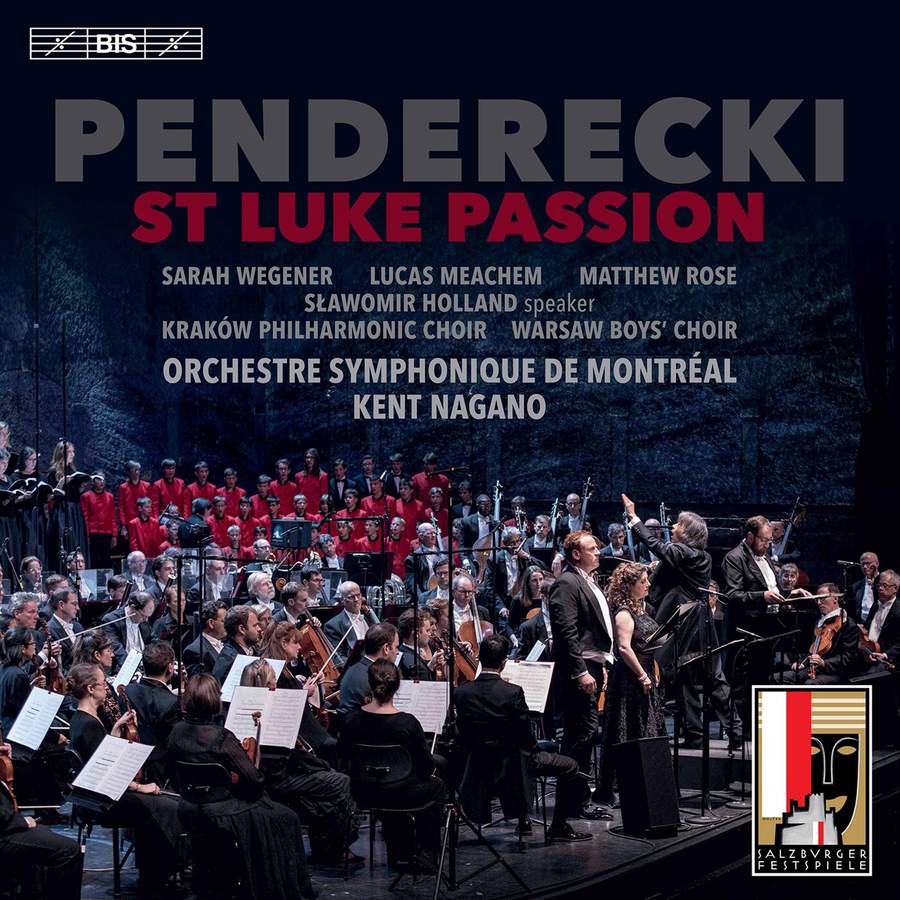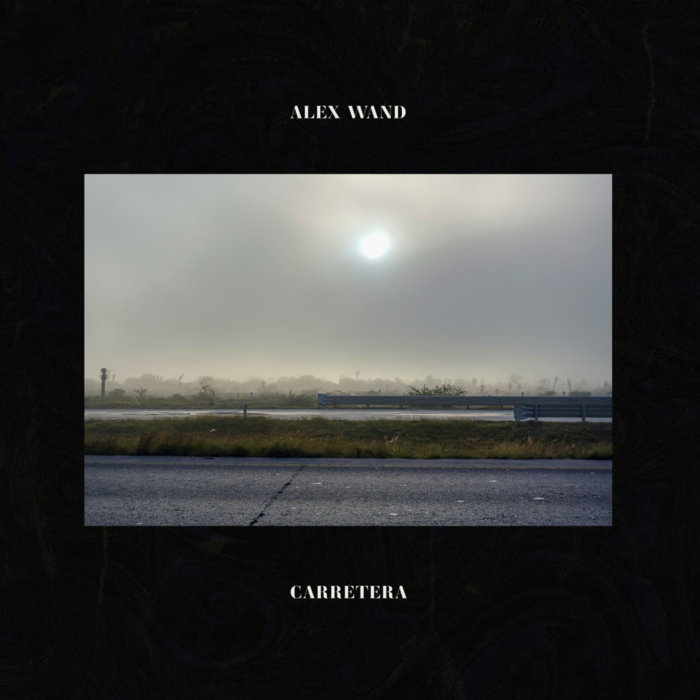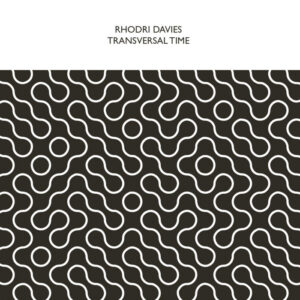
Spem in Alium. Vidi Aquam
Ora Singers, Suzi Digby
Harmonia Mundi, 2020
English choral group the Ora Singers, led by Suzi Digby, present Thomas Tallis’s magnificent forty-part motet Spem in Alium on their latest Harmonia Mundi recording. Split into eight choirs of five apiece, the singers are given many opportunities to overlap in successive entrances, interact among cohorts, and sound immensely scored chords. The Ora Singers present a beautiful performance that combines purity of sound with thrilling forte climaxes. Digby deserves plaudits for her careful shaping of phrases and mastery of Spem’s myriad challenging balancing acts.
Most of the rest of the recording contains Latin works by composers active in England during the sixteenth century. These include three of foreign descent – Derrick Gerrard, Philip Van Wilder, and Alonso Ferrabosco the Elder. Van Wilder’s Pater Noster is filled with delicately corruscating lines and the composer’s Vidi civitatem is particularly poignant, with arcing entries blending with subdued declamatory phrases. Ferrabosco is as well known for suggestions of criminality and spying (for Queen Elizabeth, no less) as he is for his music. Ferrabosco’s In Monte Oliveti contains widely spaced, sumptuous harmonies while Judica me Domine is performed with long flowing imitative lines and solemn pacing. Gerrard’s O Souverain Pastor est maistre is a deft display of canonic writing, while his Tua est Potentia employs pervasive imitation. There is relatively little by Gerrard that has been recorded, which is a pity: he is a fine composer.
Works by more famous composers include Tallis’s covertly recusant motet In jejunio et fletu, in a particularly moving performance, and a delicately shaded Derelinquit impius. William Byrd is represented by two motets, Domine, salva nos, its introductory homophonic passages tinged with chromaticism and succeeded by elegant imitative entries, and Fac cum servo tuo, which instead begins in canon straightaway.
The recording’s closer is a contemporary piece written in response to Spem in Alium, Vidi Aquam, a forty-part motet by James MacMillan. Using small paraphrases of the Tallis piece interwoven with new material, MacMillan creates an exuberant composition filled with an abundance of stratospheric ascending lines. it is a thrilling, and tremendously challenging, companion work.
-Christian Carey



